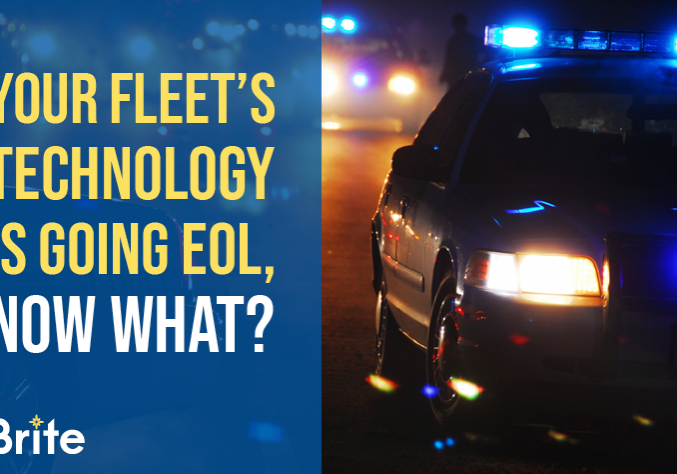Your fleet’s technology is going EOL, now what?
May 17, 2019
Outfitting your fleet with the latest and greatest technology isn’t as simple as going to the local Best Buy and buying equipment. Instead, there are budgets, red tape, RFPs, time restraints that lengthen and influence the buying process. Whether your fleet is 10 cars or 200, it’s not always straightforward to equip it with the right technology.
In a previous blog, we talked about choosing the right solution. But what happens if a model goes end-of-life (EOL)? With a little planning during your original purchase, and as you find the unit will soon be end of life, the EOL process can be a breeze.
Before we jump into three things to consider when a model goes EOL, it’s important to mention that outfitting your fleet is a continuous, on-going process. Part of the process is incorporating a plan for repairs. Warranties and extended warranties help prepare for and cover unexpected repairs, be sure to look into all warranty options when purchasing. We’ll also take this moment to let you know that we handle all the warranty coverage for our customers.
Do you have any backups?
Things happens and things break. Stockpiling a few spare models in storage is useful for if one breaks, or even if an officer or vehicle is added to the department. Keep things uniform by having backup.
Bonus tip: When EOL is announced, manufacturers usually only have a limited number of models left. Reach out to your seller ASAP if interested in extra models.
Consider municipal leasing.
Municipal leasing is a newer option that is becoming more common and widely adopted. Like we mentioned, a lot of factors play into outfitting vehicles (budget, RFPs, timing, etc.). The biggest benefit of a leasing program is the decrease of dependence on capital spend, a factor that plays a huge role in refreshes. Additionally, leasing reduces the refresh process and allows for faster and more complete deployments. From a technology perspective, leases ensure for the latest technology, consistent imaging and timely refreshes.
Bonus tip: Check for new grants or contracts to apply to for additional funding.
Is it a sign that it’s time to refresh?
With technology advancements, older models can quickly become obsolete. A model going EOL could be a hint that your department’s equipment is outdated and missing out on new features. Like I said, we know that upgrading isn’t without hurdles, but consider how old your current equipment is and plan accordingly.
Bonus tip: Look into a service – like BriteVault – to back up your data and keep all software up-to-date to minimize the risks of losing data and of a breach.
Luckily, a product going EOL is not an end of the world situation. The easiest way to handle EOL products is by being prepared. Keep these tips in mind and you’ll be all set. If your department needs help with your fleet’s technology, then reach out and your local sales rep is ready to help!

